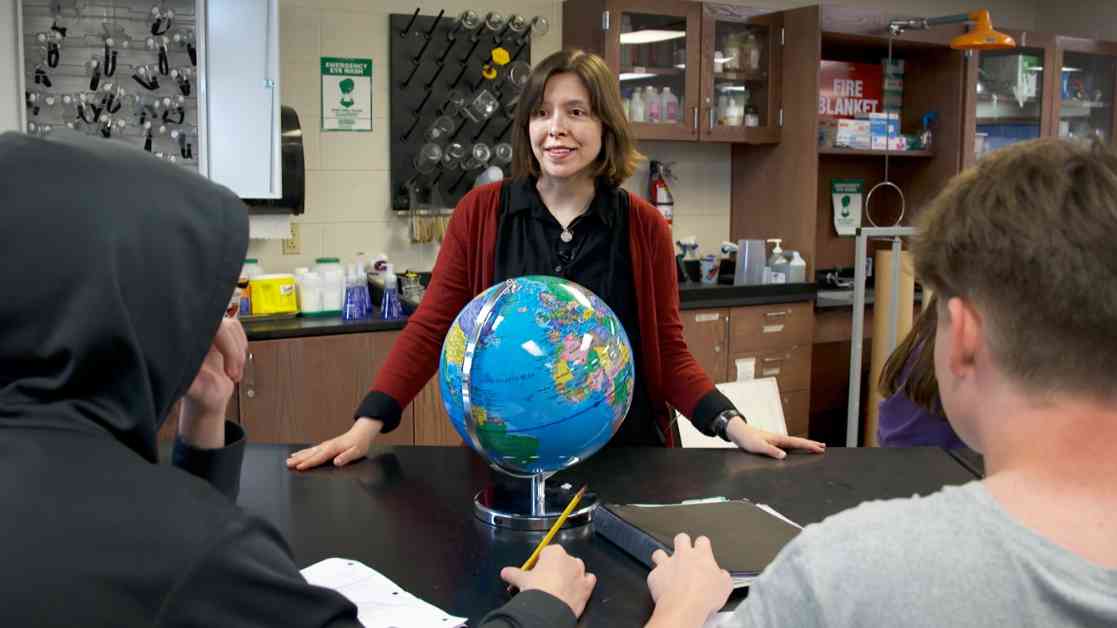Bloomington High School South science teacher Kirstin Milks recently led a lesson discussing human-caused climate change and potential technologies that could help reduce greenhouse gas emissions. The lesson included a conversation with high school freshman DeWayne Murphy, who shared his big idea for a green technology involving steam-powered cars.
Murphy’s idea, while innovative, raised concerns about durability. However, climate scientist Ben Kravitz praised the concept, highlighting the effectiveness of steam as a power source. The lesson aimed to educate students about the impact of climate change caused by burning fossil fuels and the importance of reducing greenhouse gas emissions.
With extreme weather events on the rise, Milks emphasized the need to equip students with knowledge and creative freedom to envision solutions for a sustainable future. The lesson also introduced students to climate engineering strategies, such as solar and wind energy, as alternatives to traditional fossil fuels.
Kravitz stressed the urgency of addressing climate change and the need for innovative solutions. While climate engineering presents potential risks, educating students about these technologies is crucial as they will be responsible for future decisions. The lesson encouraged students to think creatively and propose unconventional ideas to combat global warming.
Students brainstormed various solutions, from solar-powered helicopters to glitter-covered deserts, to reflect light back into the atmosphere. They also considered the practicality and risks associated with their ideas. High school junior Campbell Brown presented an air filter concept that converts carbon dioxide into a harmless byproduct, impressing the scientists with her innovative solution.
The lesson aimed to instill climate optimism in students like Brown and senior Emerald Yee, who expressed concerns about the impact of climate change on their future. Yee emphasized the importance of taking action to create a better world for future generations. The lesson provided students with a newfound sense of hope and empowerment to address climate change collaboratively.
Kravitz highlighted the significance of collective action in combating climate change and expressed optimism about the potential for students to drive positive change. By fostering creativity and awareness, the lesson inspired students to think critically about environmental issues and contribute to a sustainable future. Ultimately, the collaboration between educators and students exemplifies the power of collective efforts in addressing global challenges.


